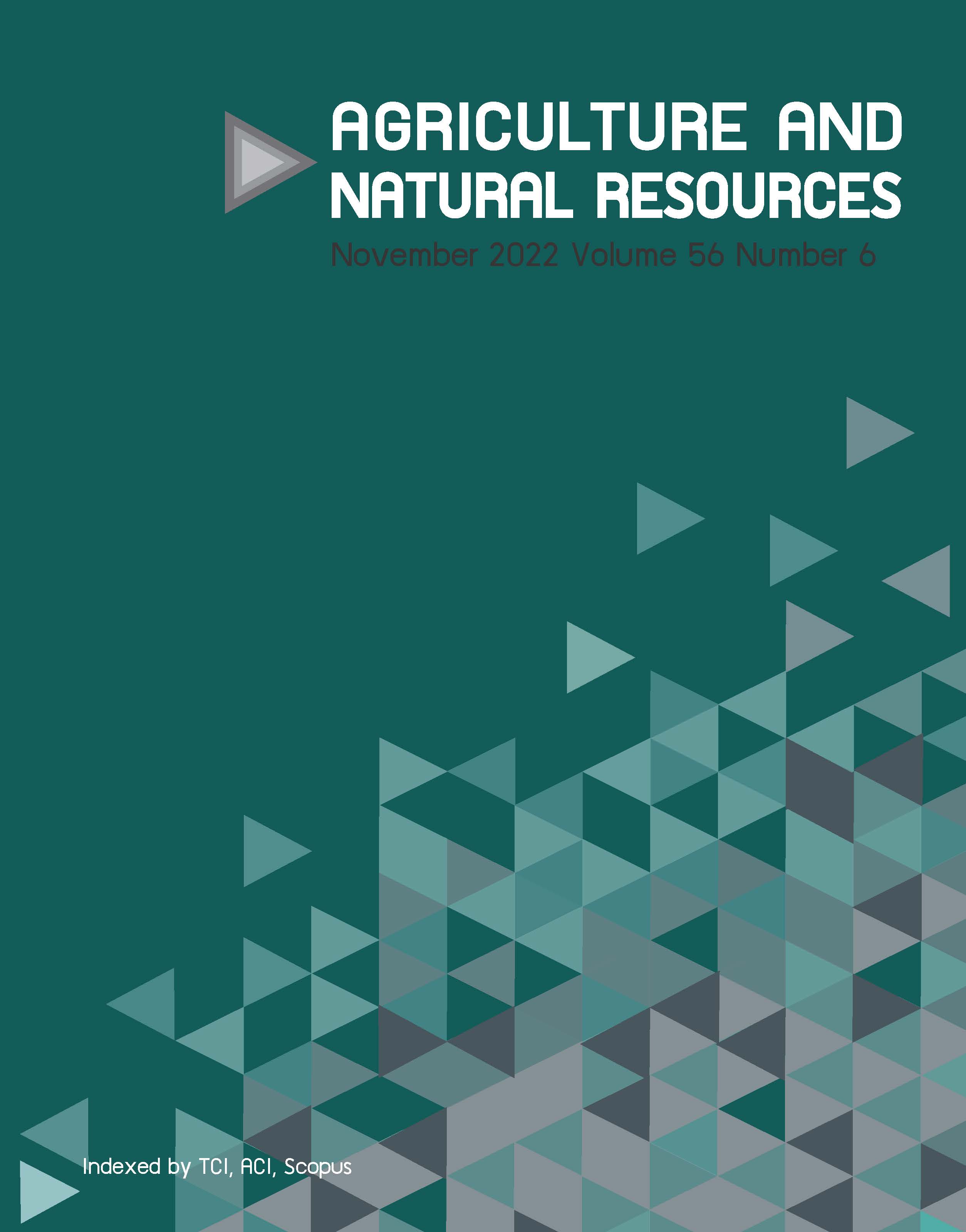Application of infrared thermography as a determinant of estrous conditions of Sapera dairy goats
Keywords:
Goat, Infrared, Estrous, ThermographyAbstract
Importance of the work: Detecting a goat’s estrous usually involves invasive methods that are less accurate because they are subjective, require significant time and resources and may cause problems with animal welfare. Infrared thermography (IRT) is one alternative solution because this method is modern, non-invasive and safe.
Objectives: To investigate the capabilities of IRT to predict and detect estrous in goats.
Materials & Methods: Twelve Sapera dairy goats were synchronized using CIDR® containing 0.3 g of progesterone for 18 d and an injection of serum gonadotropin at a dose of 400 international units intramuscularly 48 h before CIDR® withdrawal. Visualization of the estrous response, vaginal (Tvaginal) and rectal (Trectal) temperatures, Draminski® score and IRT sensing results on the vulva (IRTvulva) and rectum (IRTanal) were measured six times daily starting at the time of the CIDR® withdrawal.
Results: All goats showed the onset of estrous at 24–32 h after CIDR® withdrawal. Tvaginal (mean ± SD, 39.20 ± 0.13°C), Trectal (39.20 ± 0.15°C), IRTvulva (37.03 ± 0.17 °C), and IRTanal (37.04 ± 0.10°C) during estrous were higher than normal conditions. The Draminski® score was in the range 356–373 at the time of estrous. IRTvagina and IRTanal were positively correlated with Tvaginal and Trectal, but not with the Draminski® score.
Main finding: IRT is a promising non-invasive tool for reproductive management in goats to identify superficial temperature variations during estrous in the vulva or vagina. IRT sensing alone or in combination with estrous observation would increase the probability of estrus detection in goats.
Downloads
Published
How to Cite
Issue
Section
License
Copyright (c) 2022 Kasetsart Universityonline 2452-316X print 2468-1458/Copyright © 2022. This is an open access article under the CC BY-NC-ND license (http://creativecommons.org/licenses/by-nc-nd/4.0/),
production and hosting by Kasetsart University of Research and Development Institute on behalf of Kasetsart University.





